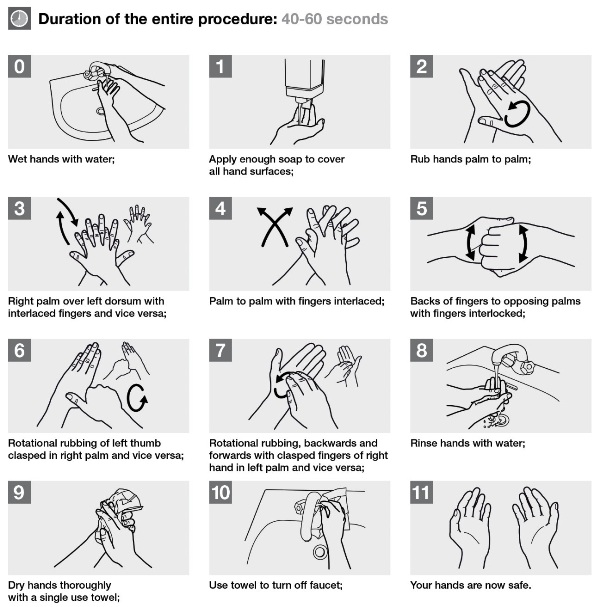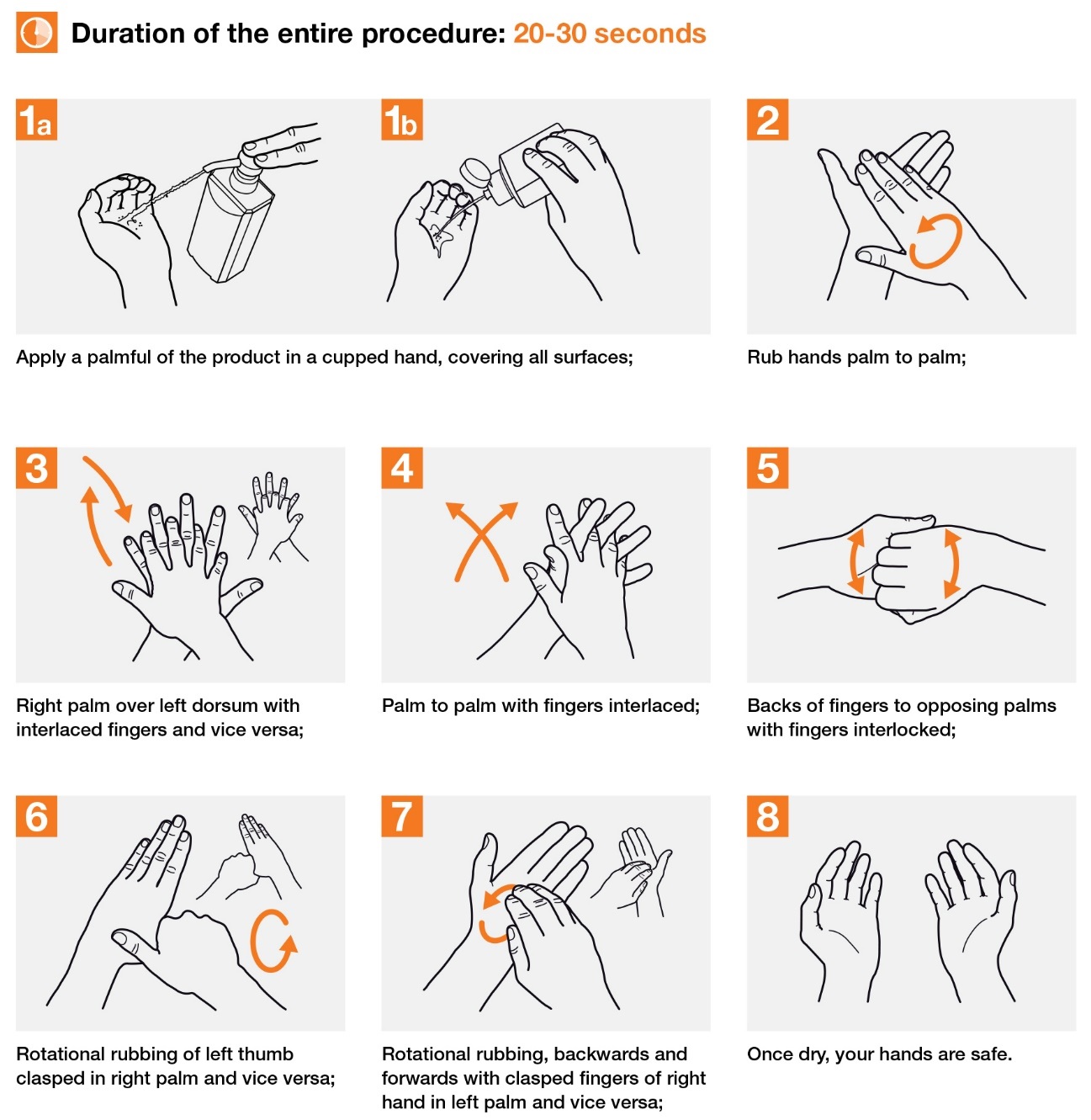What you need to know about hand hygiene |17 November 2017
Hand hygiene is a general term that applies to routine hand washing, antiseptic hand wash, antiseptic hand rub or surgical hand antisepsis with the aim of removing soil, dirt and microorganisms. Hand hygiene is said to be the most important measure to avoid transmission of harmful germs and infections and so, through her vast knowledge and experience, Sister Anne Faure at the Ministry of Health shares her advice on practising basic hand hygiene.
Sister Anne’s primary role at the Ministry of Health is to advise staff on the proper installation of hygiene facilities & materials to procure as well as monitor staff at work to ensure it is being done in a timely and effective manner.
She has vast experience working in areas where rigorous hand hygiene is an absolute necessity, including theatres, working with infectious diseases in Madagascar as well as tropical diseases, intestinal worms and HIV patients in Tanzania. Following her return to Seychelles, she was also part of a committee that worked on a policy to prevent the spread of communicable diseases and this was validated in 2014.
Sister Anne describes hand hygiene as a basic necessity to prevent infections and this is especially important when handling blood, body fluids or when in contact with the environment of a sick person.Below, she lists the various types of hand hygiene and advises on how you can ensure simple yet effective hand hygiene.
Types of hand hygiene
There are two major types of hand hygiene recommended for people in the community:
- Social routine hand washing with regular soap and water
- Alcohol hand rubs which are proven to kill most germs
Important moments to practise hand hygiene
- When hands are visibly soiled
- Before and after handling or eating food
- After visiting the toilet; wiping or blowing the nose
- After diapering or toileting children
- For food handlers: before any preparation of food
- For health workers: before contact with patients or conducting any invasive procedure and after contact with patients or patients’ environment and exposure to body fluids
- Needs to be stepped up when there are epidemics or flu and transmissible diseases like conjunctivitis
How to wash your hands

Image source: World Health Organisation
How to use hand rubs

Image source: World Health Organisation
Extra tips on hand hygiene
ü Avoid coughing and sneezing into hands
ü Keep nails short and clean
ü Make use of pedal bins
ü At the gym: disinfect machinery after use
ü When cleaning: clean from top to bottom and from the cleanest area to the dirtiest; avoid passing the cleaning cloth over areas that have already been cleaned
ü Use hand rubs that contain more than 65% alcohol
ü Remember that balance is important as overuse of anti-bacterial soap can cause resistance
ü When drying hands, disposable & absorbent paper towels should be used unless it is your own personal towel; shared towels can become contaminated very quickly and must be avoided
ü Try to always have a small bottle of alcohol hand rub or packet of wipes with you, e.g. at work and in your bag
ü When at health centres, try to make use of the sterilisers at your disposal
ü Running, tepid water is best for hand washing
ü Do not use nail brushes on the skin
ü If you have a wound on your hand, keep it covered and use gloves when working or exposing yourself to any body fluids. However, cuts or scratches heal better when exposed to air and kept dry so it is best to remove the gloves afterwards
ü If hands are soiled and you are unable to wash and disinfect your hands, avoid touching your nose, mouth and eyes as much as possible




